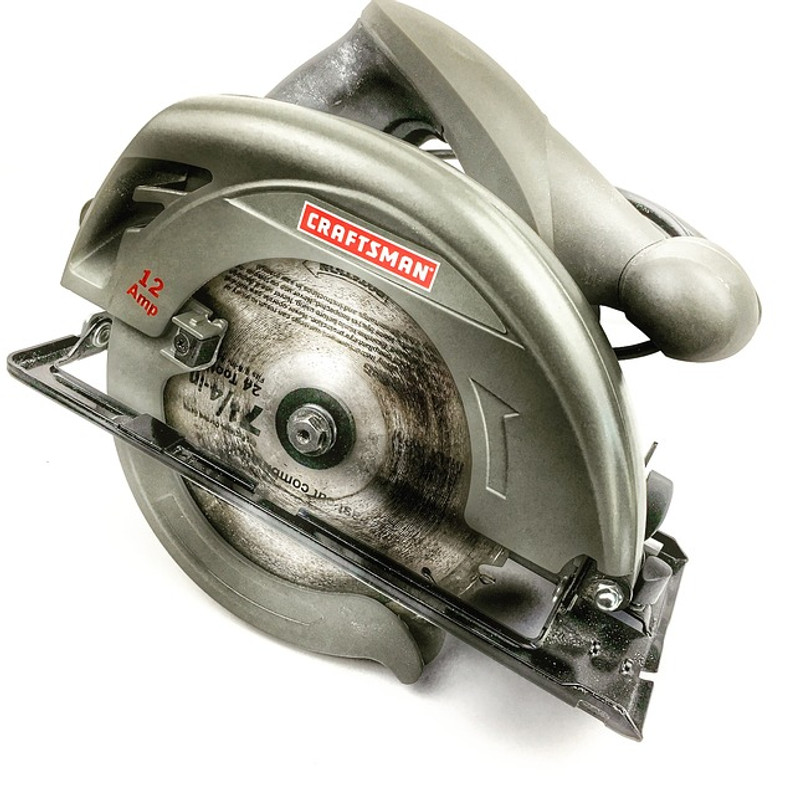Don't Forget to Inspect Your Circular Saw
Circular saws are used extensively in the construction and manufacturing industries. If you work in either of these industries, you may need to use this common power tool to cut raw materials. As you may know, circular saws consist of a powered blade that's able to slice through wood and other non-metal materials. While convenient, though, circular saws pose a risk of injury when improperly used. You can still use a circular saw, but you should perform a thorough inspection to ensure that it's not damaged or otherwise defective.
Sharp Blade
Before using a circular saw, take a moment to inspect the blade. You should only use a circular saw if it has a sharp and clean blade. Using a circular saw with a dull blade is a safety hazard. Rather than cutting straight through raw materials, it may perform jagged cuts that dislodge pieces of material, thereby creating projectiles.
Blade Guard
In addition to the blade, you should inspect the blade guard. All circular saws should have a blade guard. It's a crescent-shaped ring that sits on the top half of the blade. The purpose of the blade guard is to protect against bodily injury. Without it, the top half of the blade will be open and exposed. A functional blade guard covers the blade for increased safety and a lower risk of bodily injury.
Handle
Of course, it's a good idea to inspect the handle as well. While there are different types of circular saws, most if not all of them have a handle. The handle is a lever or knob that you can grip to maintain control of a circular saw while using it. If the handle is loose, though, it may fail to stabilize the circular saw. The circular saw will then move around, which could result in the blade striking you during use.
Blade Rotation
Make sure the blade on the circular saw is able to freely rotate before using it. In other words, the blade should spin freely when turned. If there's resistance -- meaning you can't easily turn the blade -- don't use the circular saw. Restricted blade rotation is a sign of an underlying problem. Maybe the blade was installed poorly, or perhaps there's debris stuck inside the guard. Regardless, you shouldn't use a circular saw if the blade doesn't freely and easily rotate.
Cord Connector
Finally, you should inspect the cord connector before using a circular saw. Most circular saws have a cord connector. It's a plug outlet that's used to connect circular saws to a wall outlet via a power cord. Over time, cord connectors can become loose or damaged. If you notice any of these signs with your circular saw, you should avoid using it.
Recent Posts
-
Fire Safety in the Workplace: What You Need to Know
What steps are you taking to prevent fires in your workplace? According to the U.S. Occupational Saf …Aug 23rd 2023 -
Is It Safe to Go Jogging With a Cold Infection?
If you're suffering from a cold infection, you might be wondering whether it's safe to go jogging. T …Aug 22nd 2023 -
5 Safety Tips to Follow When Using a Powder-Actuated Tool
Powder-actuated tools are commonly used to join materials to steel and concrete. Also known as Hilti …Aug 20th 2023




